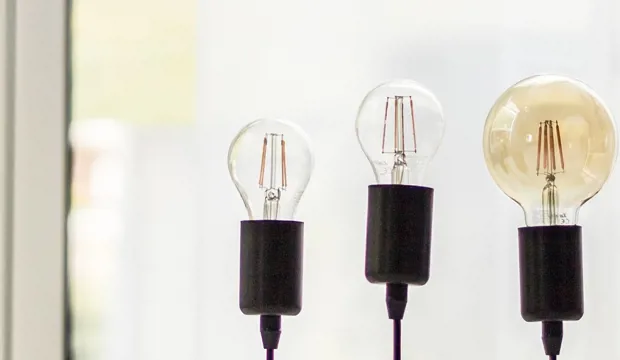
Using fruit batteries to produce electricity
Using lemons and limes to power an LED
Did you know that fruit can be used to produce electricity? Connecting four lemons in series can provide enough voltage to light an LED! This also helps us understand how batteries work.
In this fun STEM activity learners will construct a series circuit consisting of four fruit batteries and an LED. They will learn about the main parts of a battery and how fruit can be used to provide enough voltage to light an LED. They will also investigate how the brightness of the LED changes depending on the number of fruit batteries used in the circuit.
Activity: Using Fruit Batteries to Produce Electricity
This is one of a set of resources developed to support the teaching of the primary national curriculum. They are designed to support the delivery of key topics within science and design and technology. This resource focuses on the use of fruit to power a light emitting diode (LED).
This could be used as a one-off activity or as part of a wider unit of work focusing on electricity and electrical circuits.
This activity could be completed as individuals or in small groups, dependent on the components and tools available.
Lemons or limes can be used, or a mixture of both. Each lemon or lime should provide between approximately 0.7 and 0.9 V. This can be tested by using a multimeter if required.
The total voltage of the series circuit can be calculated by adding up the voltage of each individual battery. This arrangement would produce approximately 2.8 – 3.6 V depending on the voltage of each individual piece of fruit.
How long will this activity take?
This activity will take approximately 40-65 minutes to complete.
Tools/resources required
Parts and components:
- Red and black crocodile clips
- Lemons and/or limes
- Zinc coated nails
- 50 mm lengths of 1 mm or 2 mm diameter copper wire
- Low voltage hi-bright LEDs
Tools and equipment:
- Wire cutters
The engineering context
Engineers need to be able to understand how basic electrical circuits work. This includes the main parts of a battery and how they work to power electrical output devices. This knowledge could be used when investigating, designing or making electrical and electronic circuits in the future.
Suggested learning outcomes
By the end of this activity students will understand how fruit can be used to make batteries that can power electrical output devices, they will know the main parts that make up a battery and they will be able to construct a series fruit battery circuit that lights an LED.
Download the free Using Fruit Batteries to Produce Electricity activity sheet below!
All activity sheets and supporting resources are free to download, and all the documents are fully editable, so you can tailor them to your students’ and your schools’ needs.
The activity sheet includes teacher notes, guidance, useful web links, and links (where appropriate) to the national curriculum in each of the four devolved UK nations; England, Northern Ireland, Scotland and Wales.
Please share your classroom learning highlights with us @IETeducation.




